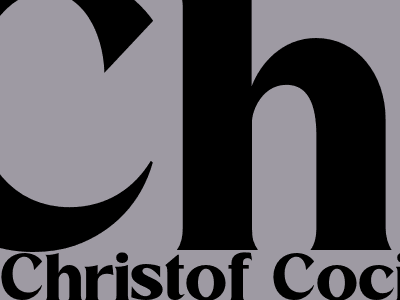SEO Techniques for Bloggers: A Comprehensive Guide
Introduction
In today's digital landscape, search engine optimization (SEO) is crucial for bloggers who want to increase their visibility, reach a wider audience, and establish themselves as thought leaders in their respective niches. This comprehensive guide will delve into the essential SEO techniques that can help bloggers optimize their content and websites for maximum impact. By implementing the strategies outlined here, bloggers can improve their search rankings, drive organic traffic, and boost their overall online presence.
On-Page SEO: Optimizing Your Content
1. Keyword Research and Optimization
Identifying relevant keywords is the cornerstone of on-page SEO. Conduct thorough keyword research to determine the terms and phrases that your target audience is searching for. Use these keywords strategically in your blog post titles, headings, and throughout your content, ensuring they naturally fit into the context. Avoid keyword stuffing, as this can negatively impact your rankings.
2. Optimize Titles and Headers
The title and headers of your blog posts play a significant role in SEO. Craft compelling and informative titles that accurately reflect the content of your post and grab the reader's attention in search results. Use headings (H1, H2, H3) to structure your content, making it easy for readers to skim and find the information they're seeking.
3. High-Quality Content Creation
Provide valuable, engaging, and well-written content that meets the needs of your target audience. Focus on delivering unique insights, expert knowledge, and actionable advice. Use clear and concise language, avoiding jargon and technical terms that may alienate readers. Ensure your content is well-researched and backed by reputable sources to establish credibility and authority.
4. Internal Linking
Interlinking your blog posts helps distribute PageRank throughout your website, improving the overall SEO performance of your content. Include relevant internal links to other related articles or pages on your website. This helps keep users engaged and provides valuable context, guiding them to explore more of your site.
5. Image Optimization
Images can enhance the user experience and make your content more visually appealing. However, large or poorly optimized images can slow down your website's loading speed, negatively impacting user engagement and SEO. Compress images to reduce their file size, and use descriptive alt tags to provide context and improve accessibility for visually impaired users.
Off-Page SEO: Building an Online Presence
1. Guest Posting
Guest posting involves writing and publishing articles on other websites within your niche. By contributing high-quality content to reputable platforms, you can reach a wider audience, build backlinks to your own website, and establish yourself as an expert in your field.
2. Social Media Marketing
Social media platforms offer powerful opportunities to connect with your target audience, promote your blog posts, and generate backlinks. Share valuable content, engage with your followers, and join relevant groups and communities where you can share your expertise and engage in meaningful discussions.
3. Local SEO
If your blog focuses on a local audience, local SEO is essential. Create Google My Business listings, optimize your website for local keywords, and build citations from local directories and websites to improve your visibility in local search results.
4. Backlink Building
Backlinks from reputable websites serve as a vote of confidence for your website, indicating to search engines that your content is valuable and trustworthy. Engage in outreach and link-building campaigns to acquire backlinks from high-quality sources. Avoid participating in link schemes or purchasing backlinks, as these practices can harm your SEO.
Technical SEO: Optimizing Your Website
1. Website Speed and Responsiveness
Website speed and responsiveness are crucial for user experience and SEO. Ensure your website loads quickly on both desktop and mobile devices. Use tools like Google PageSpeed Insights and GTmetrix to analyze your website's performance and identify areas for improvement.
2. Mobile Optimization
With the majority of internet users accessing content on their smartphones, it's essential to have a mobile-responsive website. Use responsive design to ensure your website automatically adapts to different screen sizes, providing an optimal user experience on all devices.
3. XML Sitemaps
An XML sitemap is a file that lists all the important pages on your website, making it easier for search engines to crawl and index your content. Create an XML sitemap and submit it to Google Search Console to ensure that all your vital pages are discoverable.
4. Robots.txt File
The robots.txt file is used to instruct search engine crawlers on which pages and files on your website should be indexed. Ensure your robots.txt file is properly configured to prevent sensitive or unnecessary pages from being crawled and indexed, which can impact your SEO negatively.
Conclusion
Implementing these SEO techniques can significantly improve your blog's visibility, organic traffic, and overall online presence. While SEO is an ongoing process that requires consistent effort and adaptation, the rewards are substantial. By staying updated on the latest SEO trends, creating high-quality content, and building a strong online presence, you can establish your blog as a valuable resource in your niche and achieve your blogging goals.

Comments